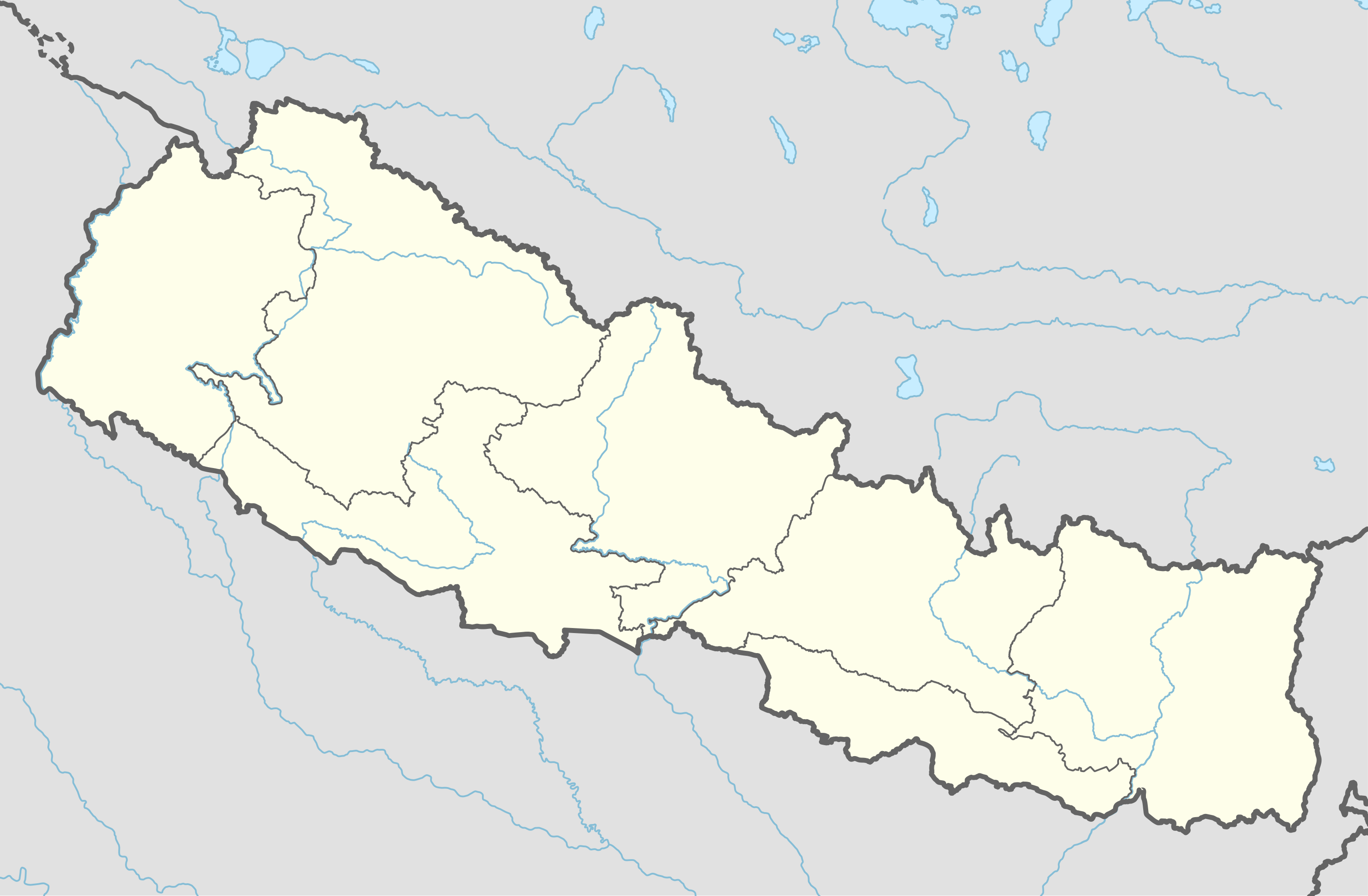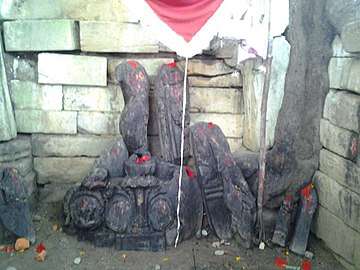Manraja
| Manraja मानराजा | |
|---|---|
| Village development committee | |
 Manraja Location in Nepal | |
| Coordinates: 26°34′N 86°35′E / 26.56°N 86.59°ECoordinates: 26°34′N 86°35′E / 26.56°N 86.59°E | |
| Country |
|
| Zone | Sagarmatha Zone |
| District | Saptari District |
| Population (2011)[1] | |
| • Total | 4,447 |
| Time zone | UTC+5:45 (Nepal Time) |
Manraja is a village development committee in Saptari District in the Sagarmatha Zone of south-eastern Nepal later merged in Bodebarsain Municipality (Bodebarsain Nagar Palika in Nepali).Its center lies at a latitude of 26.5564200 and longitude of 86.5853500and it has an elevation of 89 meters above sea level.It is bounded on 3.9sq km.
Manraja is a village development committee in Saptari District in the Sagarmatha Zone, Saptari district of south-eastern Nepal.. . It is 10 km from East West Highway , 20 km WestSouth from city Rajbiraj and India Border Laukhi is 10 km South from VDC At the time of the 2011 Nepal census it had a population of 4,447 people living in 902 individual households.The village development committee was included in Bodebarsain municipality in 2074.
In Phase 3 of the Nepalese local elections, 2017 the Federal Socialist Forum Nepal (FSFN) achieved victory both in the mayoral and deputy mayoral posts in Bodebarsain municipality of Saptari district. Atish Singh Yadav achieved 4,547 votes securing the mayoral post while Ranju Saha collected 3,721 votes to win the deputy mayoral post. The nearest rival of the mayor, Amarendra Yadav, of RJP-Nepal got 3,298 votes. Similarly, the nearest rival of deputy mayor, Renu Saha got 3,637 votes.
Religious places
Shree Raja Ji Than Temple

The Shree Raja Ji Than Temple lies in the Manraja ward of Bodebarsain Municipality. There is a tamarind (imli) tree over the temple. The temple is made up of ancient stones that are carefully hand carved with different symbols which shows the skill of Mithila region. The temple contains rectangular stones on the either side which are about 5 feet high carved with different symbols. There are many fragments of black stones carved with different symbols near the root of the tree. According to the local people the established statue known by the name of Shree Raja Ji Baba is of Shree Lakshmi Narayan. The statues in the temple are in fragmented state. Some believe that during the time of Muslim attack on southern Asia the statues were fragmented by attackers. According to the survey conducted by the government of Nepal the temple may be the remain of an even older temple because of the ancient rectangular hand carved stones found inside the temple.
The temple is surrounded by many other temples of god Hanuman, Goddess Saraswati, Durga and there is a temple of lord Shiva too. Every year at Baishakh 1st a huge puja is performed and at 2nd of Baishakh a huge fair is held in the Raja Ji Than area. Another fair is held in this area in Ekadashi, Shivaratri, Chaturdashi, Rama Navami and many other festivals. If any misfortune activities are seen then people come here to do bhajan , puja, aarti , yagya and hawan and many other religious activities. People come here to pray to god to fulfill their wishes and they achieve it they sacrifice pigeon, he-goat etc. people even present khir, laddu, peda , paan, supari and much more. Even more people present four pairs of brinjal if skin disease that they are suffering from is cured. The local people of Bodebarsain region hold a divine faith towards the Raja Ji Than Temple and worship it with full heart.
References
- ↑ "National Population and Housing Census 2011(Village Development Committee/Municipality)" (PDF). Government of Nepal. National Planning Commission. November 2012.
"राज्यद्वारा उपेक्षित मधेशको ऐतिहासिक स्थल मानराजा गढी", News Today, 12 April 2016.